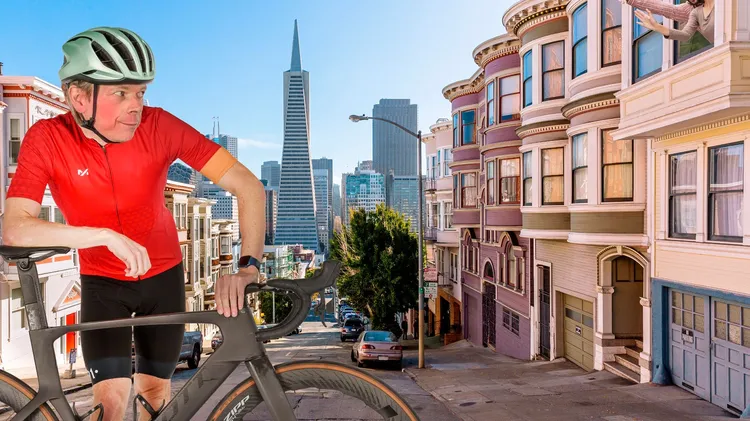Just what goes into beating a world record? Cyclist follows endurance special
The 100 mile man
6 min read
This article is from...
Read this article and 8000+ more magazines and newspapers on Readly






